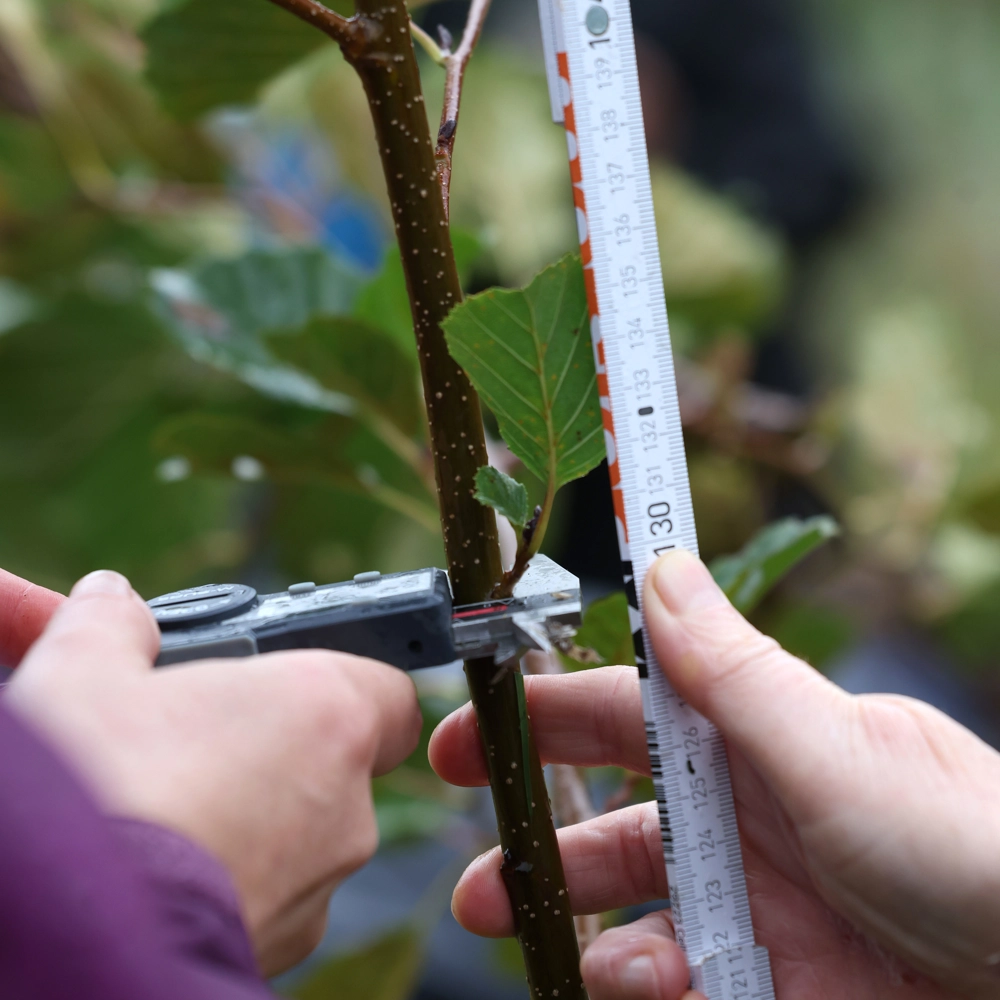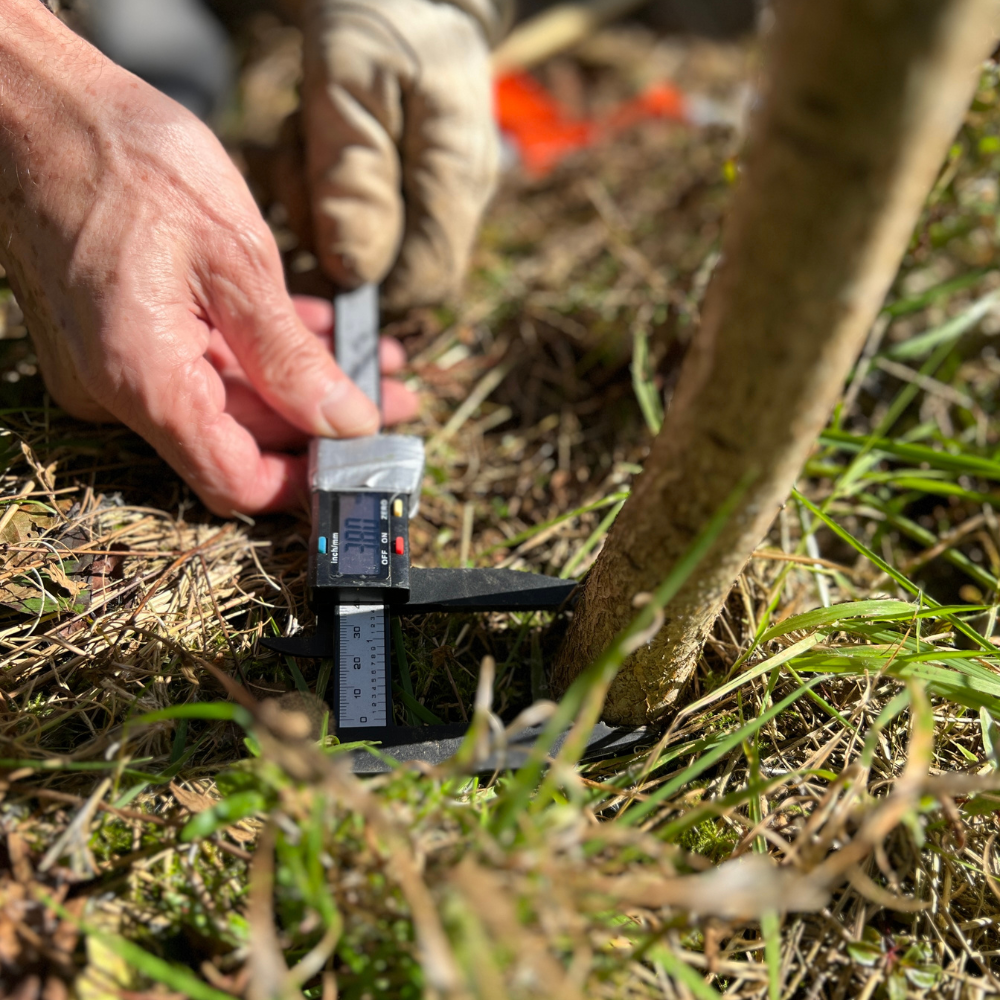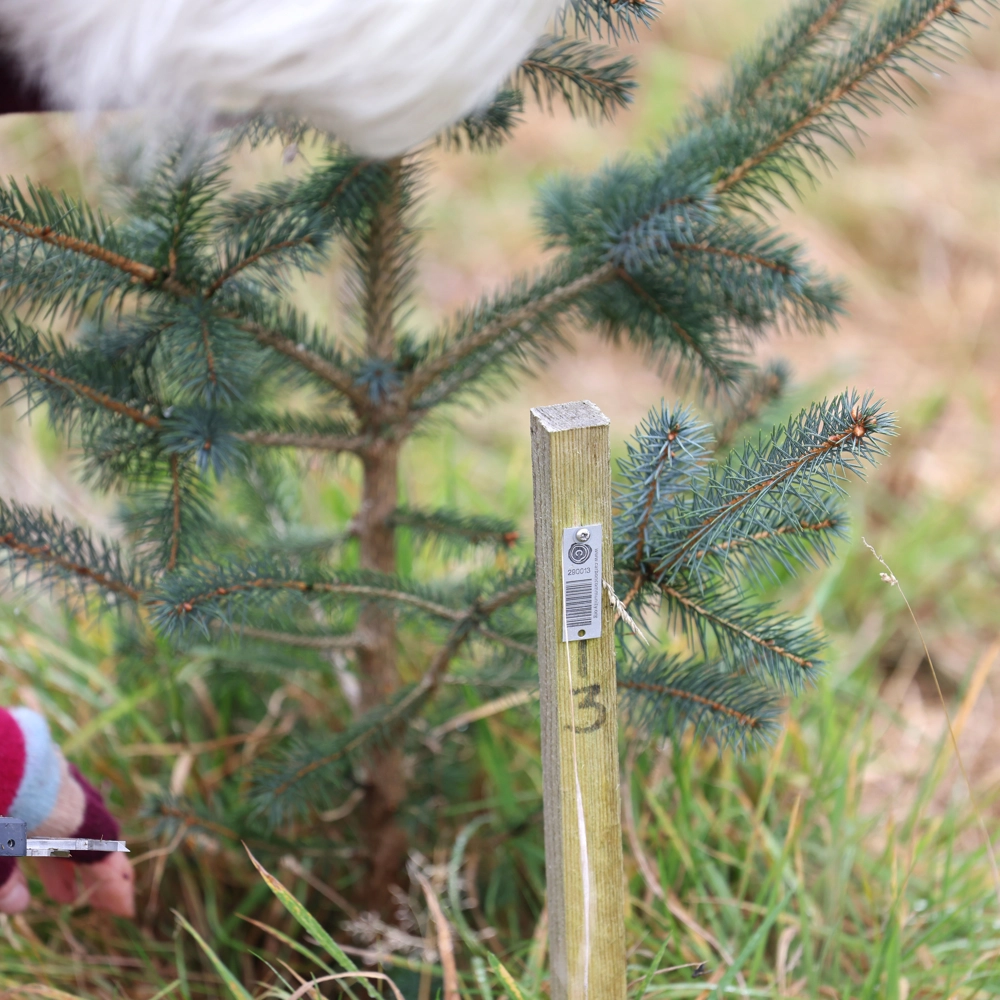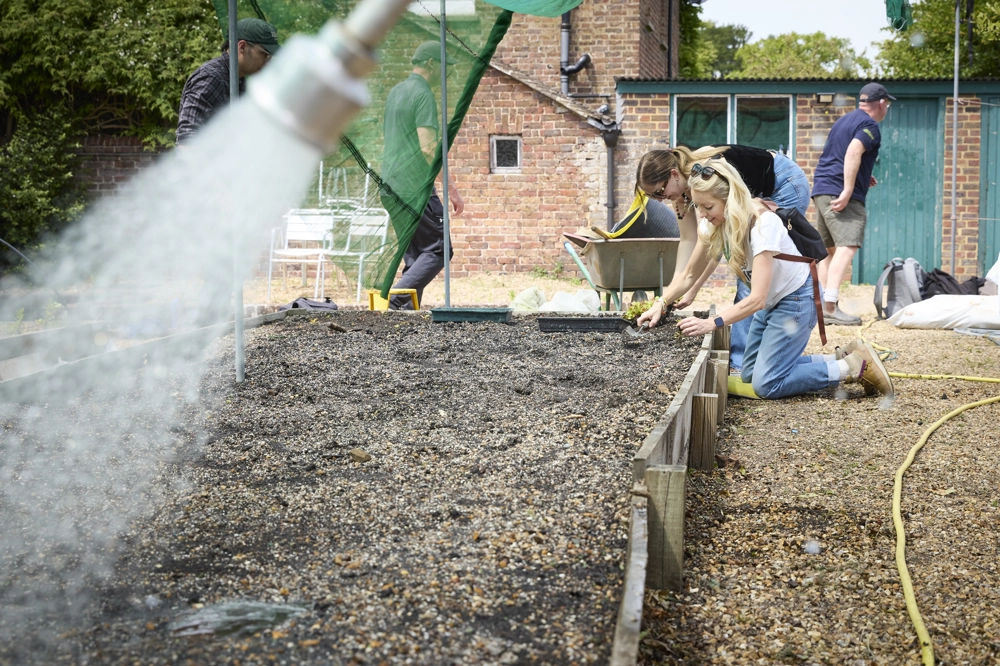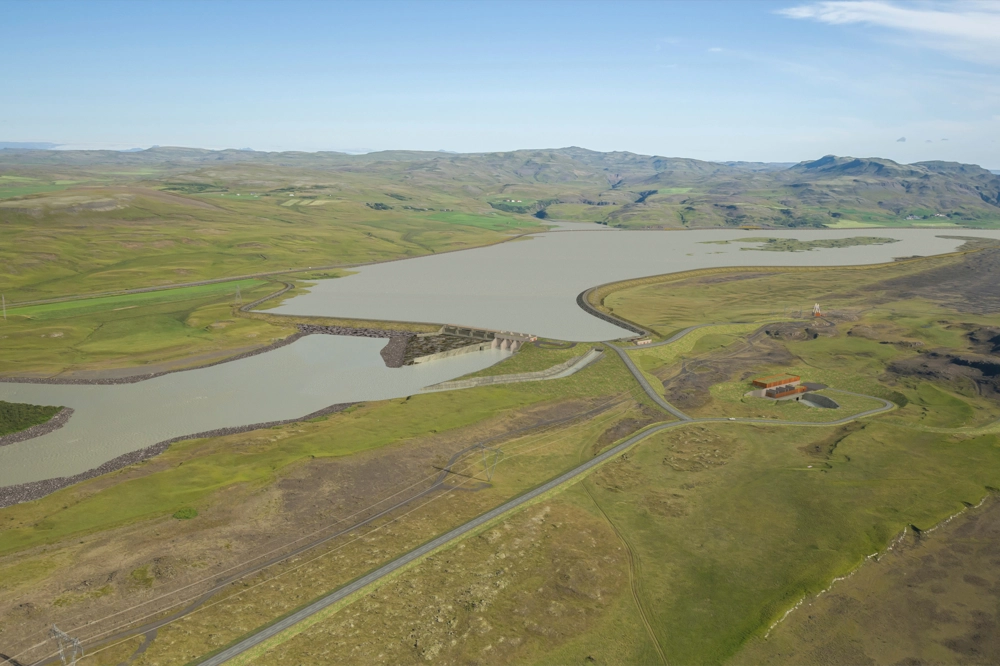L&G is proud to highlight The Carbon Community, an environmental charity partner that is testing science-based solutions to combat climate change and bring forward potentially game-changing environmental ideas.
Fighting the climate crisis with trees, science & people
Reforestation is one of the best tools we currently have to fight the climate crisis. Forests remove carbon from the atmosphere, sequestering it in trees and soil. But what if there were ways to accelerate and enhance carbon removal by forests?
This is what the charity The Carbon Community is aiming to do. Designed in partnership with world leading scientists, its Glandwr Forest Carbon Study seeks to learn more about how to accelerate and enhance carbon sequestration. Their large-scale field trial, which L&G is helping to fund, is testing the impact of two nature-based solutions on the ability of forests to sequester more carbon.
How does it work?
The study involves more than 25,000 trees planted on 11.5 hectares—or the equivalent of 18 football pitches—in Glandwr Forest, Carmarthenshire, Wales. They will test the effects of both soil microbiome inoculation and enhanced rock weathering, which involves adding crushed basalt to trees.
What are these nature-based solutions and how might they help?
Similar to our gut microbiome, the soil microbiome is a complex community of soil microorganisms integral to how trees obtain resources and grow. Roughly 75% of the carbon stored by a mature forest is in the soil and roots, and it's thought that the soil microbiome plays a critical role in this process.
Crushed basalt, a local mining by-product which is added to soil, has the potential to accelerate carbon removal as it weathers. It reacts with rainwater to create calcium carbonate (the same stuff you might see in the bottom of your kettle), removing CO2 from the air in the process and locking it away in the soil. It also impacts the soil pH, making it easier for trees to access nutrients.
The project will measure the carbon stored in the trees and soil, and the results will identify the impact of both treatments, separately and in combination, on increasing the carbon sequestered above and below the ground. The trees have been planted in various test cell configurations, some with the treatment and some without.
The Carbon Community carbon study is the first of its kind and the results will be made freely available to other tree planting projects and environmental scientists.
